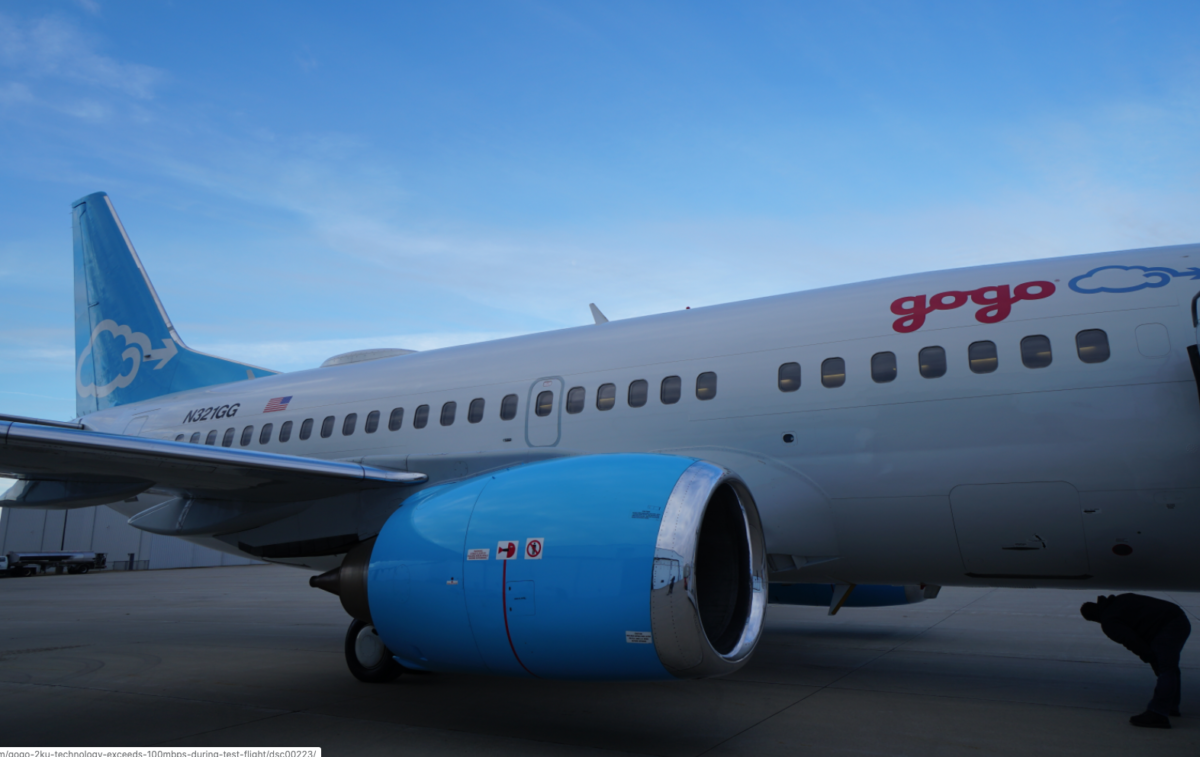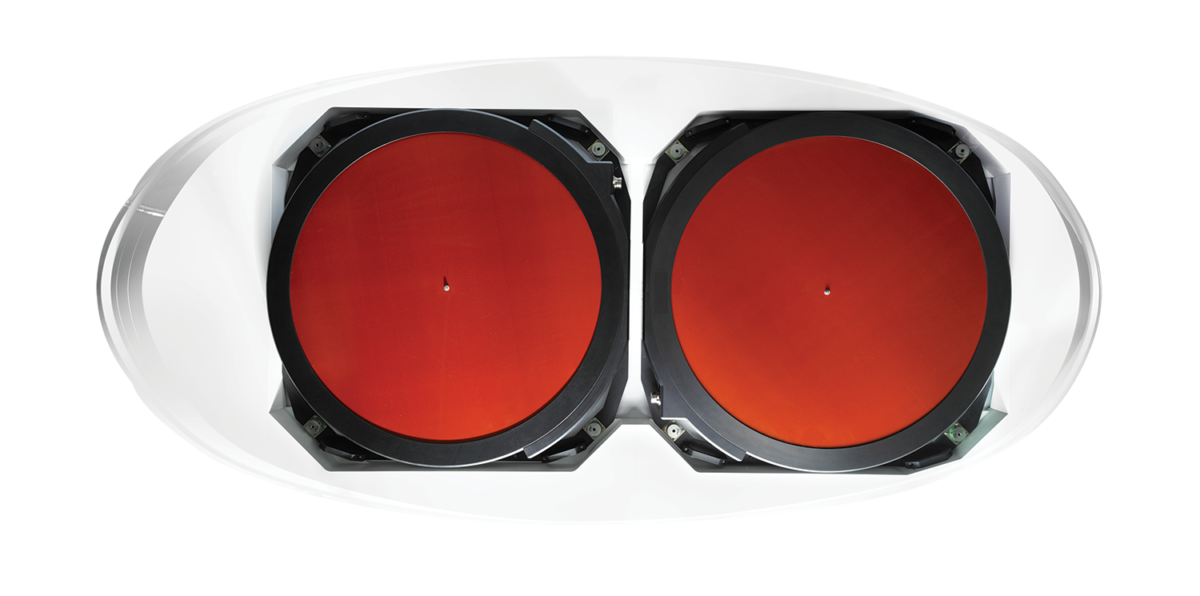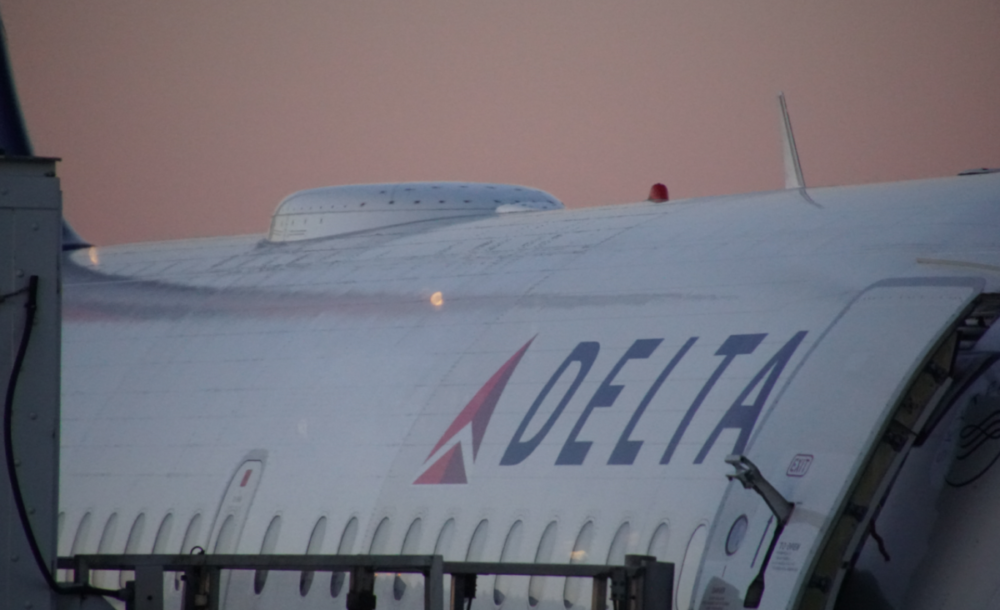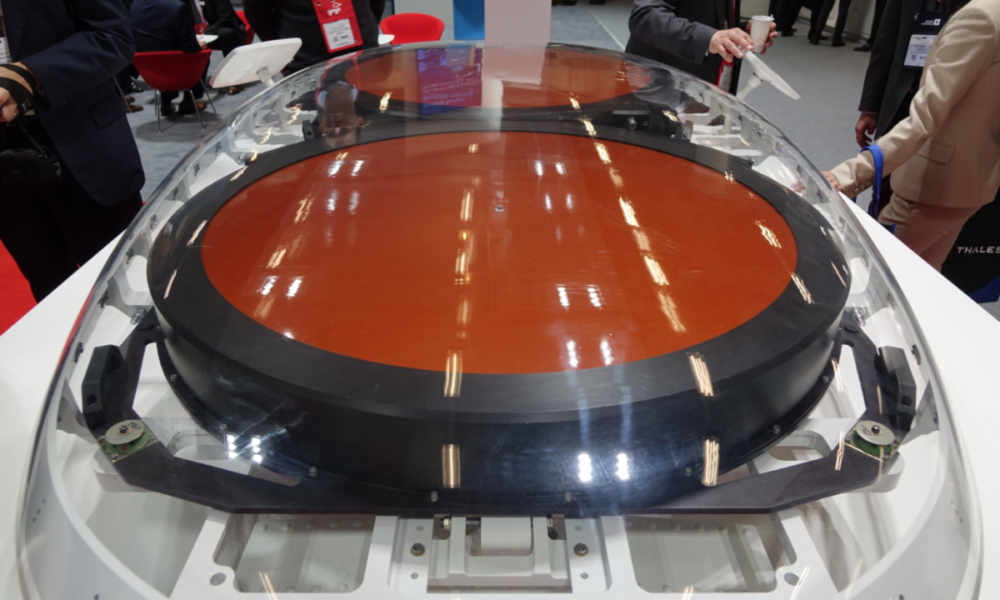During Gogo’s quarterly results call earlier this week, CEO Oakleigh Thorne outlined the company’s path to recovery from the COVID-19 crisis. Along with robust policies for managing the crippling drop in income, he noted that a new tweak to Gogo’s popular 2Ku solution could serve to add flexibility for the future.
Gogo’s additional flexibility for 2Ku
Gogo 2Ku has become a leading solution for inflight connectivity and is the antenna of choice for many carriers. Although there are exciting things on the horizon for the Ku-band, not least Eutelsat’s high-throughput 10B payload, plenty of airlines are looking to the Ka-band for future fast broadband in the sky.
Want to stay up to date with inflight connectivity news? Sign up for our monthly IFC newsletter.
In the company’s first-quarter earnings call, CEO Oakleigh Thorne revealed Gogo’s smart solution to accommodate changing customer needs. He noted how, having proven the 2Ku’s capabilities on the multi-orbit front, Gogo has now developed an answer to multi-spectrum requirements too. He said,
“On the multi-orbit front, Gogo's unique 2Ku mechanical phased array antenna is the only terminal technology proven capable of working with an NGSO satellite constellation as it has demonstrated with OneWeb earlier this year. On the multi-spectrum front, Gogo has developed the ability to cost effectively convert a 2Ku antenna into a 2Ka antenna, which could open up the Gogo 2Ku fleet to Ka operators as well as Ku operators.
“Our multi-orbit multi-spectrum position is important to customers as well as potential merger partners. For customers, it means that we have the flexibility to continually integrate the latest and best satellite technologies from whomever and in whichever band they may emerge. This has always been important and is particularly important in times of uncertainty like now.”
How does the multi-spectrum conversion work?
Being able to convert an aircraft from Ku to Ka-band is an interesting proposition. Ku-band satellite connectivity is well established and was the go-to offering for the majority of IFC applications. However, with the Ku-band capacity almost full in most orbital slots, Ka-band has emerged as the next big thing in satcom.
The higher frequency of the Ka-band means a higher data transfer rate, and the lower cost of bandwidth has made it the preferred choice of new entrants. As such, many next-generation satellite deployments are found in the Ka-band.
Historically, Gogo has focused on its 2Ku solution, a twin antenna system operating in the Ku-band used by many commercial airlines, including Japan Airlines and Alaska Airlines. But with new technology coming online, including Inmarsat’s HEO deployments for polar coverage, being able to switch from Ku to Ka-band makes the 2Ku solution fit for the future.
Thorne outlined how this would work during the Q&A session, saying,
“So we worked with our supplier on a way to potentially pull out the disks on the top of the aircraft that sit inside the antenna's terminal structure throw out the Ku disk and replace them with Ka disk. And then there are a couple LRU boxes inside the aircraft that would need to be swapped out as well, but it doesn't require any real change for the structure of the aircraft.
“You're not taking the antenna superstructure off, that all stays the same, the adapter play and fairings and how that the whole structure is attached to the aircraft. So it's a pretty easy conversion for those who want to go from a Ku to Ka.
“So that's a new development on our part and one we think gives us a lot of flexibility with our -- in terms of spectrum use in the future if for some reason Ka ends up being a preferred band or preferred spectrum by our customers, and also in the business combination context gives us a lot of flexibility.”
It’s an interesting proposition and something that could see the 2Ku system offering the flexibility to go with whatever comes out of the frequency race as the preferred customer choice.
What’s the future for the inflight connectivity industry?
Thorne was realistic about his predictions for the industry. While noting times were going to be tough, he also outlined how satellite operators, supplies, and airlines are all working together, what he called “sharing the pain,” to survive the crisis. He predicted a faster revival in the business jet space than in commercial aviation, but overall was confident in the outlook for the industry, concluding with,
“Inflight connectivity is not going away because of the corona crisis. If anything, we think passenger adoption will accelerate as more people are connecting online during this pandemic and that they want to stay connected once inflight when the pandemic is over.”




